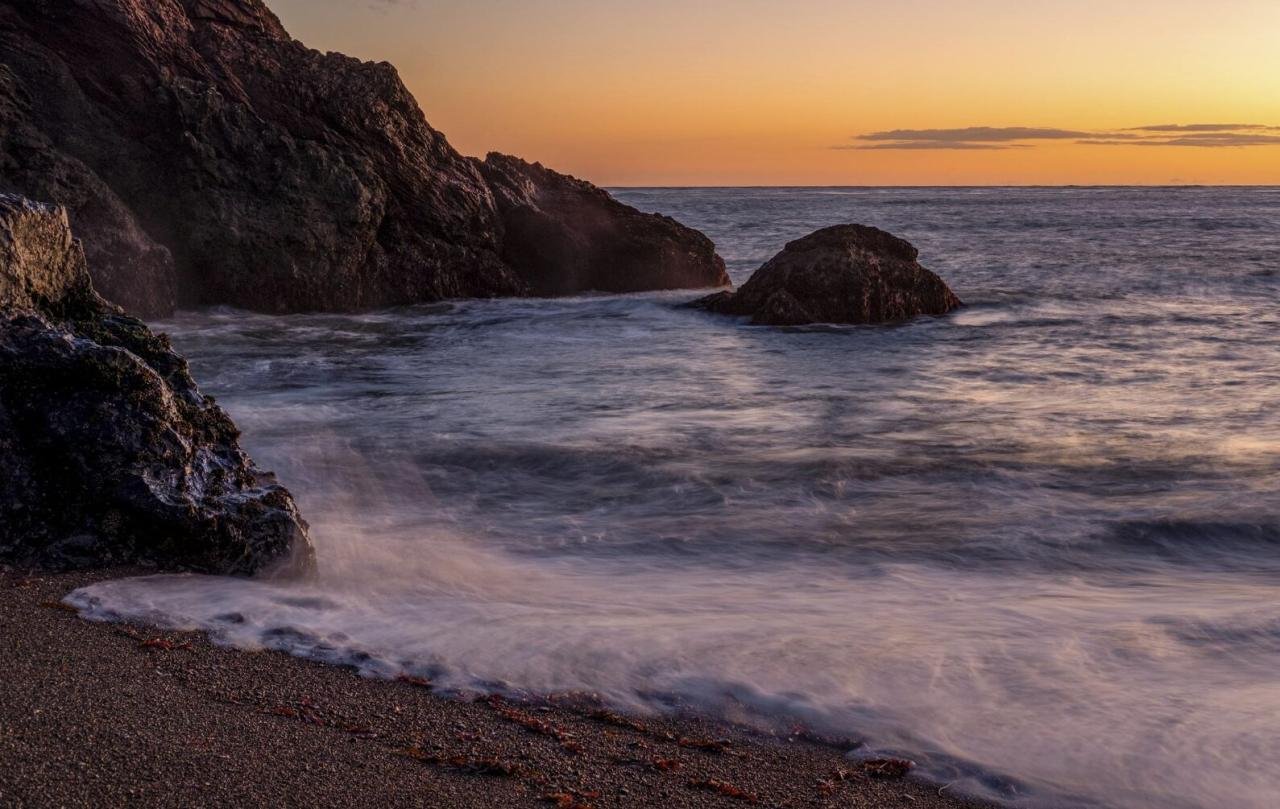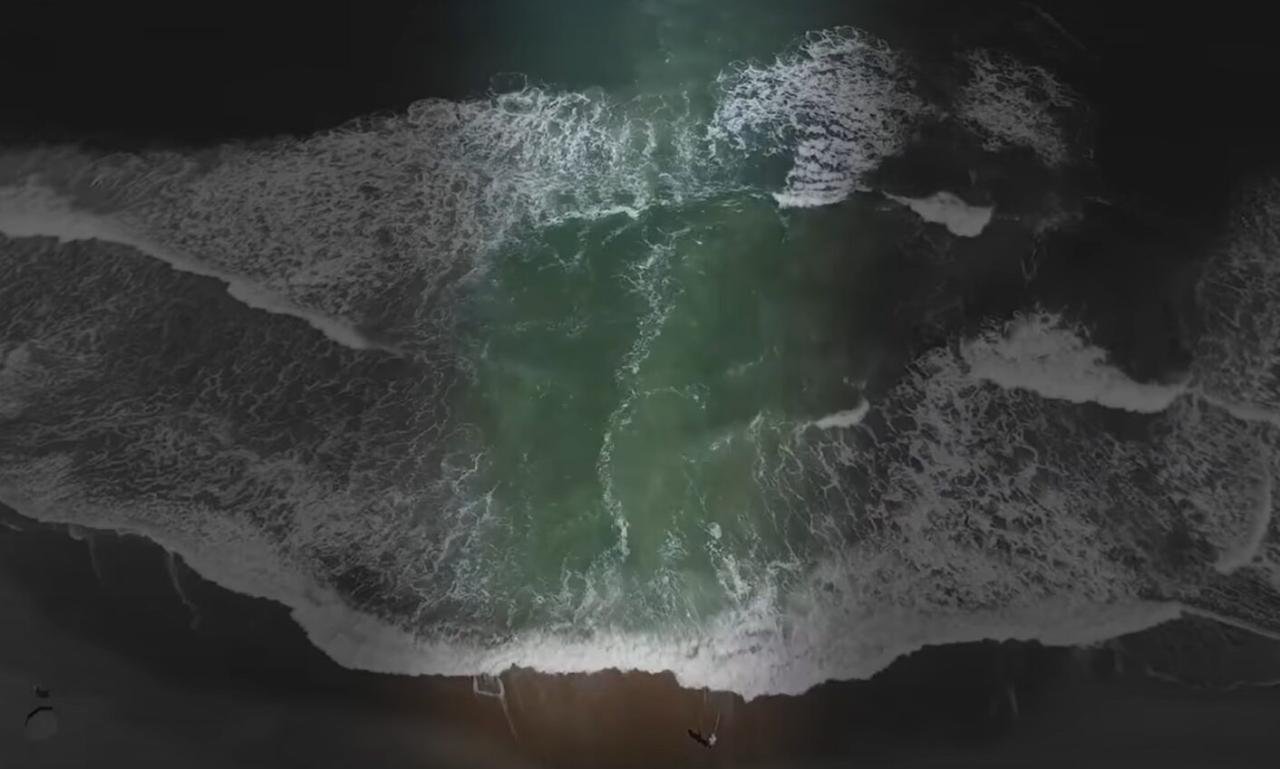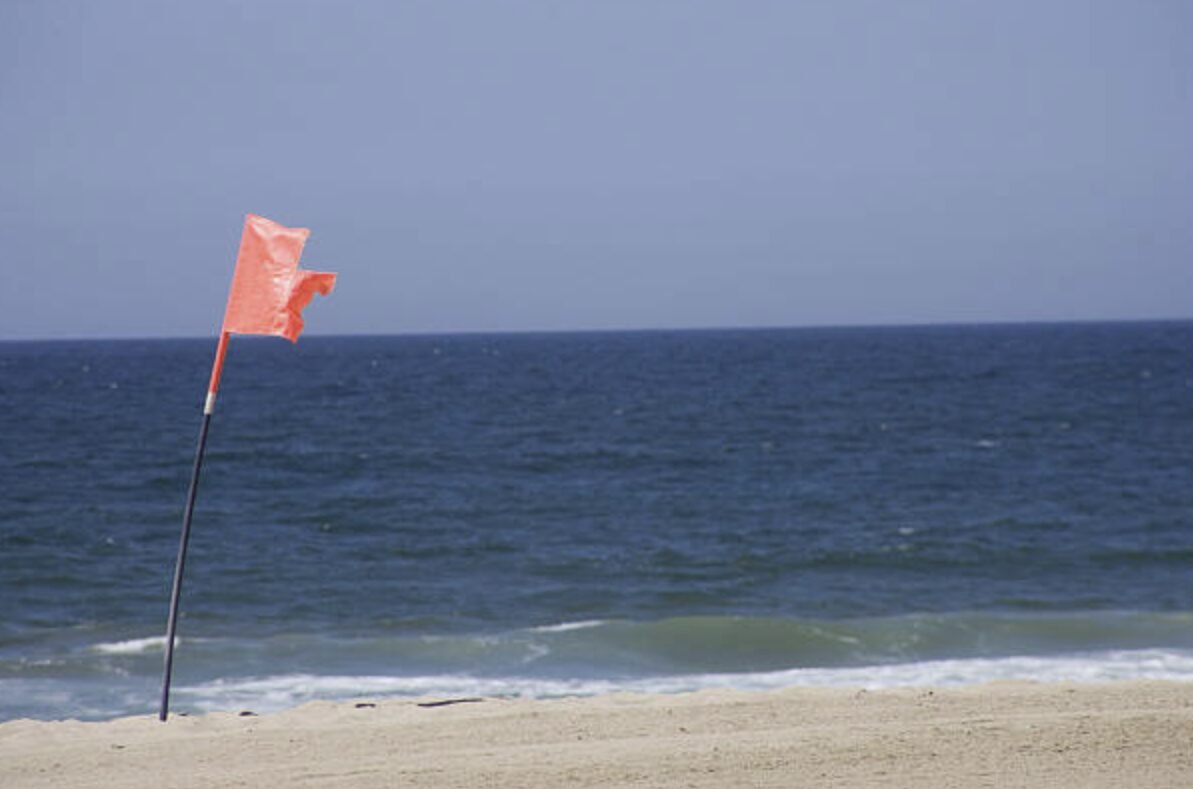I have quite a serious phobia of water—I mean oceans, seas, big bodies of water—and drowning in general. I remember when I first went to the sea with my family; I was around 13 or 14 years old. As I waded into the water with my mother, the moment the water touched my face, I started grabbing her arms so hard that I scratched her. I thought I was drowning, even though my head was literally above the surface. The ocean is unpredictable, isn’t it? That’s what scares me—its strength. One moment you’re near the shore, chilling in the water, and the next, the waves pull you further and further out, and suddenly you’re panicking. And I don’t know how to swim! So, for those who can’t swim, please be extra careful.

I’m trying to learn as much as I can about the ocean and seas in general—anything that is important for our safety. For example, did you know what a purple flag means at the beach? Well, neither did I, but it turns out it’s quite important. And then again, my friend was at the beach, and she told me she saw a really weird thing. She noticed that in one spot in the water, there were no waves, just in that one spot. When she told me about it, of course, I freaked out. It was something I had no idea about, so I decided to learn more about it.

Apparently, this phenomenon is called a rip current. Rip currents are powerful, narrow channels of fast-moving water that are prevalent along coasts all around the world. They can form at any beach with breaking waves and can quickly pull swimmers out to sea. Understanding when and how rip currents occur is vital for anyone who frequents the beach. They usually form when waves break near the shoreline, piling up water between the breaking waves and the beach. This water needs to find a way back to the ocean and can concentrate in narrow channels through the surf zone.

What’s truly deceptive about rip currents is how calm they appear; a patch of still water between more turbulent waves can look like a safe haven but is often the opposite. Recognizing a rip current is the first step in avoiding them. Look for areas where waves aren’t breaking directly, where foam or debris seems to be moving steadily seaward, or where a different color in the ocean appears amid surrounding waves.
If you ever find yourself caught in a rip current, the best idea is not to fight it. Swimming directly back to shore against a rip current can be exhausting, and potentially fatal, even for the strongest swimmers. Instead, you should swim parallel to the shore to escape the narrow channel of moving water. Once you feel the pull easing, you can begin to swim back to shore at an angle away from the current.
Rip currents are more common than you might think. In the United States, for instance, lifeguards rescue tens of thousands of people from rip currents each year. They’re particularly prevalent at beaches with stronger and more frequent waves, such as those on the East and West Coasts of the U.S., but no coastline with breaking waves is immune.

Safety should always be your first priority. Pay attention to beach flags and signs—these are not mere decorations. A red flag means high hazard, and yes, a purple flag warns of dangerous marine life, but knowing what each color signifies can be a lifesaver. Always swim at beaches with lifeguards, and don’t overestimate your swimming abilities, especially in unfamiliar waters.

source: Pexels
When it comes to me, I know that respecting the ocean’s power and educating myself about its dangers allows me to enjoy its beauty more safely. I might always be a little afraid of the water, but understanding phenomena like rip currents helps me manage my fears. I hope sharing this information helps you too, whether you’re a seasoned swimmer or someone who’s just there to dip your toes in. I know, I’d just dip my toes in the water or enjoy watching the ocean from a very far and safe distance.
Source: positivitybuzz.com


